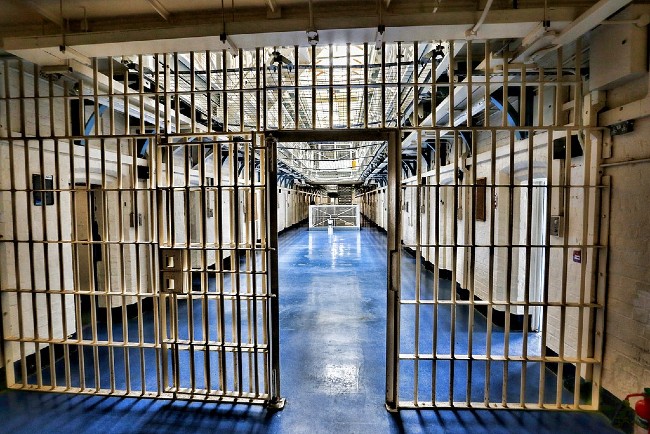The UK government is expected to release about 5,500 prisoners in England and Wales to ease overcrowding.
The BBC reports that more than 1,700 detainees are expected to be freed at first, with subsequent releases in September and October.
Data from the UK ministry of justice shows that there are a total of 88,521 prisoners in England and Wales as of September 6.
The “usable operational capacity” — the total number of people a prison can hold while taking into account issues like control and security — was 89,619, leaving spare capacity of just 1,098 places.
Advertisement
This is well above the prison service’s own measure of a “good, decent standard of accommodation”, which was 79,856 at the end of July.
Jonathan Reynolds, UK secretary of state for business and trade, told Sky News that the “emergency decision” had to be made because the previous government could not manage the justice system.
“Of all the scandals we inherited, I think the prison system, the justice system, is probably the worst of all,” he said.
Advertisement
Martin Jones, chief inspector of probation, told BBC radio that the pressure on prisons was “extreme”.
“It’s the highest population we’ve ever seen in this country. Prisons are absolutely close to 100 percent capacity”.
ELIGIBILITY
Prisoners who have served only 40 percent of their fixed term sentence, rather than the usual 50 percent, will be automatically released.
Advertisement
However, those who are in jail for serious violent offences with sentences of four years or more, as well as sex offenders, are not included.
The scheme also excludes those convicted of domestic abuse and what the government calls “connected crimes”, such as stalking and controlling or coercive behaviours.
More serious offenders serving life sentences, for example, will only be released after the Parole Board has assessed whether they still pose a risk.
Anyone released will be monitored by the probation service and this could involve the use of electronic tagging and curfews.
Advertisement
Add a comment










